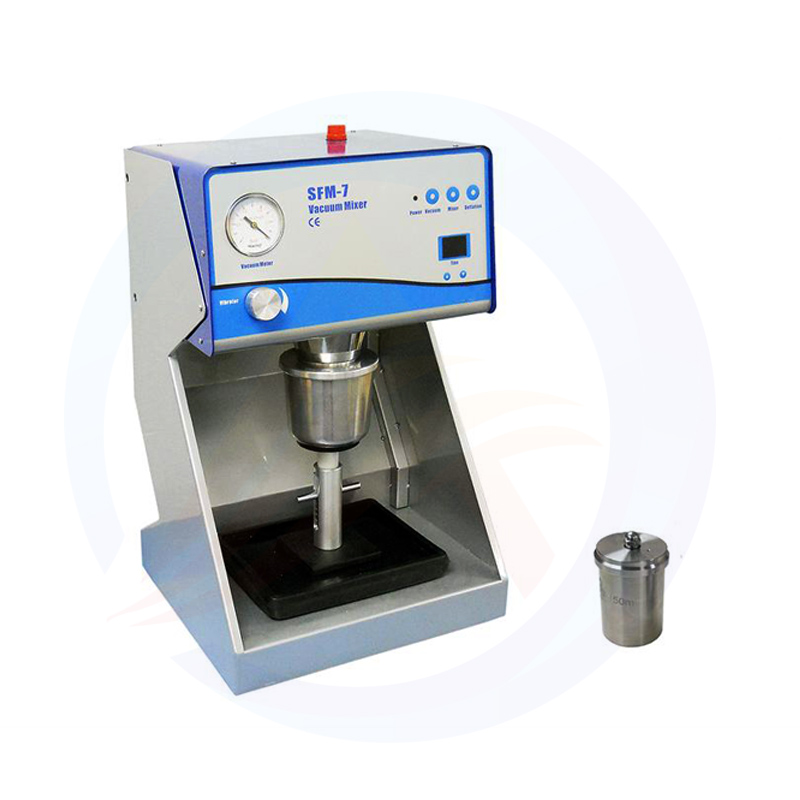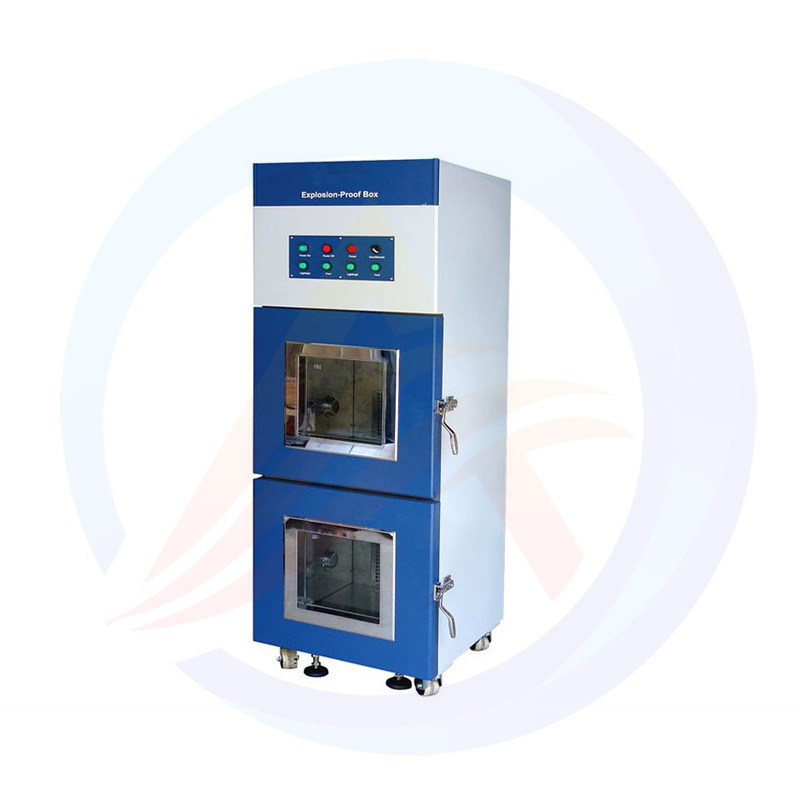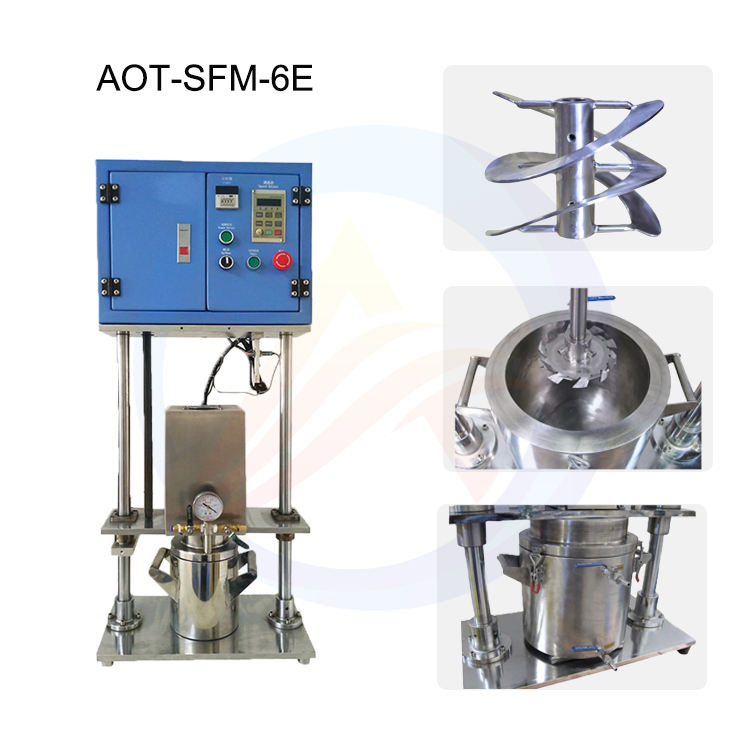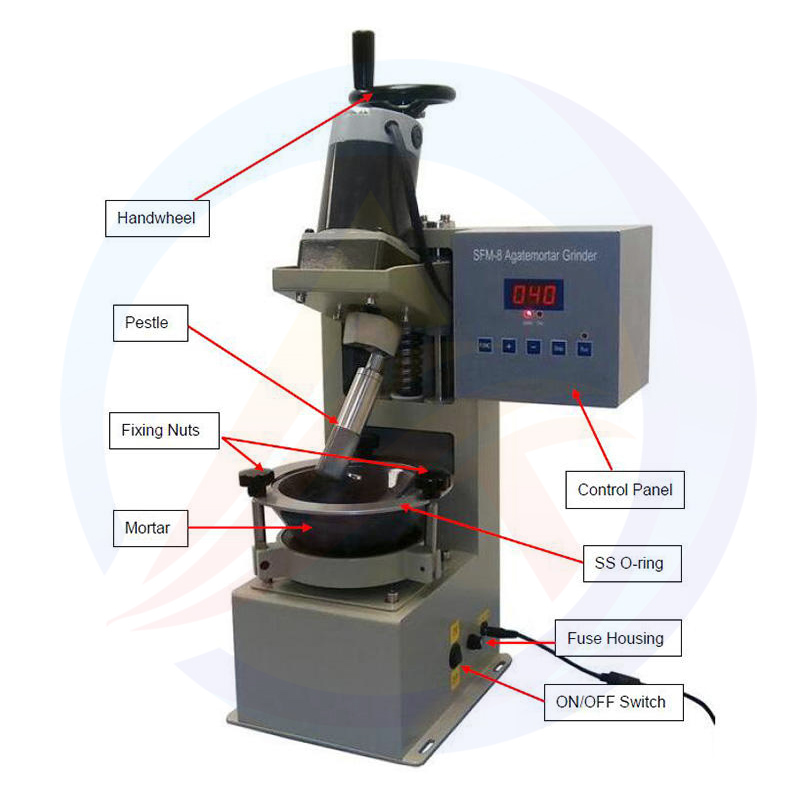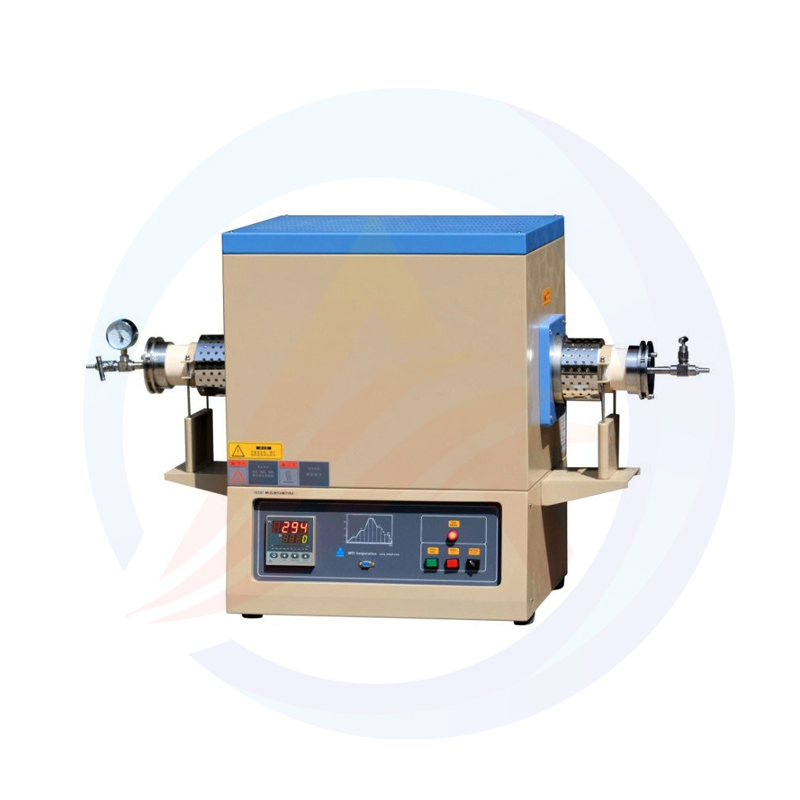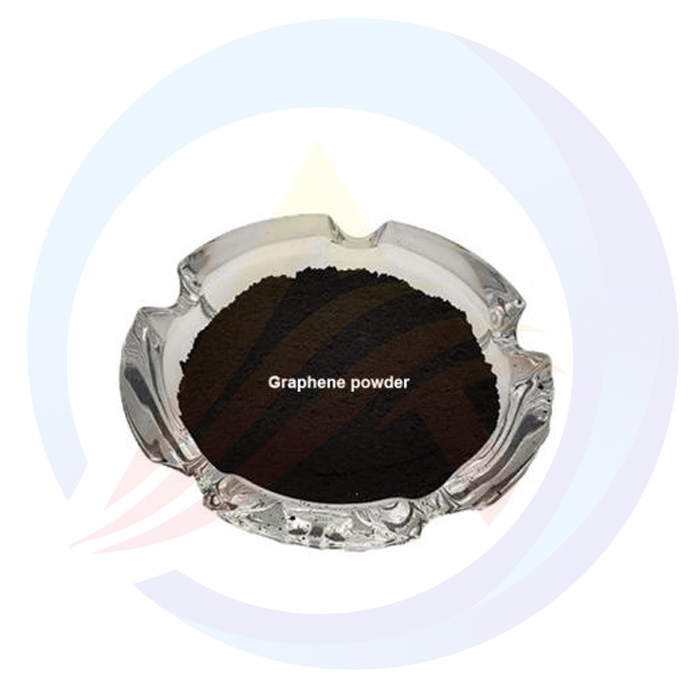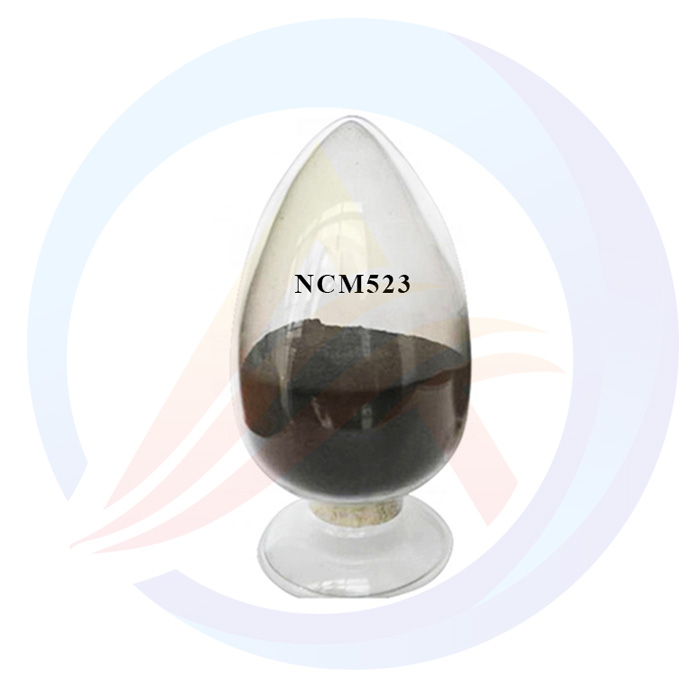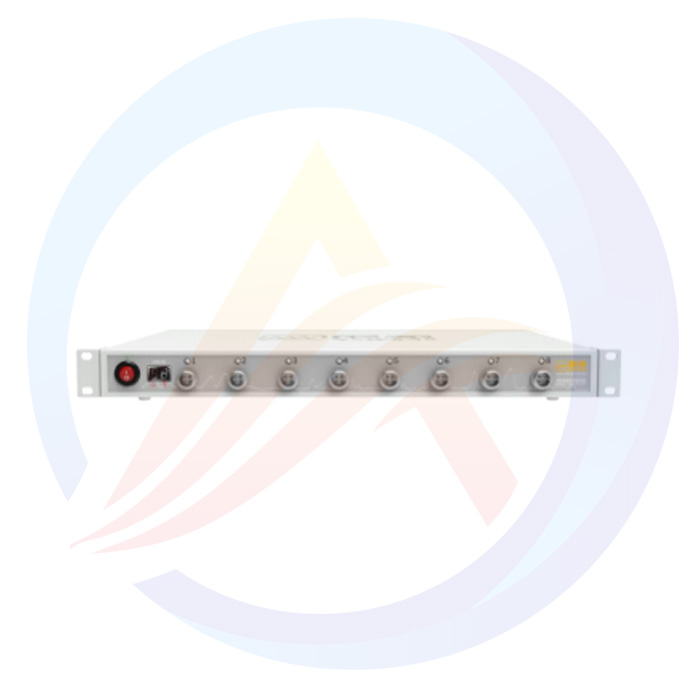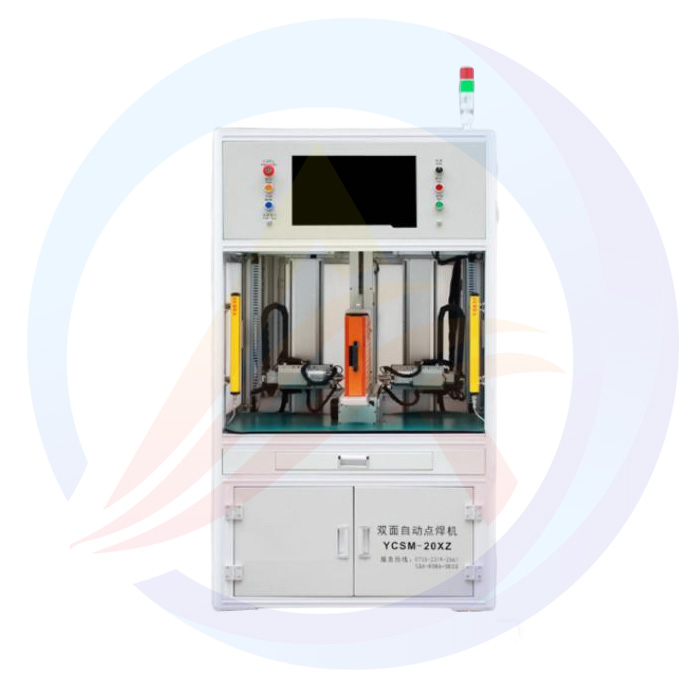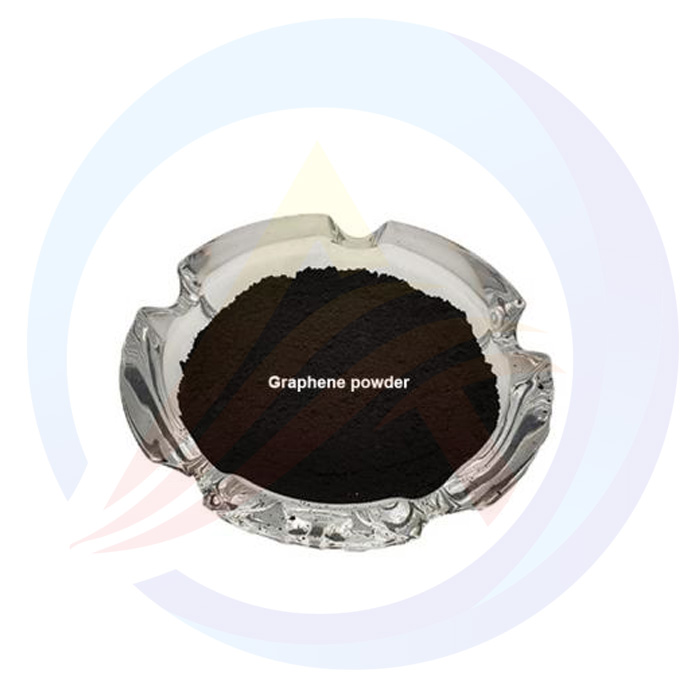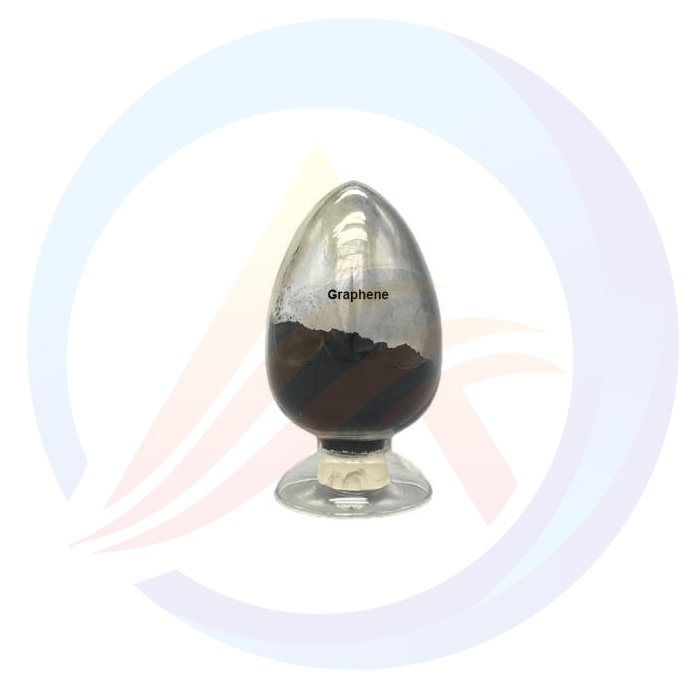1. Introduction
Single-layer graphene oxide (SLGO), a two-dimensional (2D) carbon nanomaterial derived from graphene, has attracted extensive attention in the field of LIBs. Its unique structure and excellent physicochemical properties (e.g., high electrical conductivity, large specific surface area, and abundant oxygen-containing functional groups) make it a promising candidate to address the bottlenecks of traditional LIB materials. This paper systematically reviews the structural characteristics of SLGO, its application in LIB electrodes (cathodes and anodes), conductive additives, and safety improvement, as well as its preparation methods, technical challenges, and future development prospects.
2. Unique Properties of Single-Layer Graphene Oxide
2.1 Structural Features
SLGO consists of a single layer of carbon atoms arranged in a hexagonal lattice, with a C-C bond length of approximately 0.142 nm. Most carbon atoms in SLGO are sp²-hybridized, forming a planar conjugated structure that contributes to its high electrical conductivity. Unlike pristine graphene, SLGO contains abundant oxygen-containing functional groups (e.g., hydroxyl (-OH), epoxy (-O-), and carboxyl (-COOH)) on its basal plane and edge. These functional groups not only improve the hydrophilicity and dispersibility of SLGO in aqueous and organic solvents but also provide active sites for chemical modification and composite preparation.
The atomic arrangement of SLGO directly affects its performance: the intact hexagonal lattice ensures efficient electron transport, while the oxygen-containing functional groups enhance its interaction with other materials (e.g., electrode active materials and electrolytes). However, excessive oxygen-containing groups may destroy the conjugated structure, leading to reduced electrical conductivity. Therefore, the precise control of the oxygen content and distribution in SLGO is crucial for its application in LIBs.
2.2 Physicochemical Properties
High Electrical Conductivity: The sp²-conjugated structure of SLGO enables rapid electron transport, with an electrical conductivity of up to 10⁴ S/m (after reduction), which is much higher than that of traditional carbon materials (e.g., carbon black: ~10² S/m).
Large Specific Surface Area: The single-layer 2D structure of SLGO gives it a theoretical specific surface area of ~2630 m²/g, providing abundant sites for Li⁺ adsorption and storage.
Good Hydrophilicity: The oxygen-containing functional groups on SLGO make it easily dispersible in water and polar organic solvents, facilitating the preparation of composite materials and electrode slurries.
Chemical Reactivity: The oxygen-containing functional groups (especially -COOH and -OH) can react with metal ions, polymers, and other functional molecules, enabling the design and synthesis of advanced composite materials with tailored properties.
3. Application Exploration in Lithium-Ion Battery Cathode Materials
3.1 Limitations of Traditional Cathode Materials
Traditional LIB cathode materials, such as lithium iron phosphate (LiFePO₄), lithium cobalt oxide (LiCoO₂), and lithium nickel manganese cobalt oxide (LiNiₓMnᵧCo₁₋ₓ₋ᵧO₂, NCM), face significant challenges that limit their performance:
Low Electrical Conductivity: For example, LiFePO₄ has an electronic conductivity of only 10⁻⁹~10⁻¹⁰ S/cm, which severely restricts electron transport during charging and discharging, leading to poor rate capability.
Slow Li⁺ Diffusion Kinetics: The dense crystal structure of traditional cathodes (e.g., LiCoO₂) results in a low Li⁺ diffusion coefficient (10⁻¹⁴~10⁻¹² cm²/s), causing significant polarization at high rates.
Cycle Stability Issues: Structural degradation (e.g., phase transition in LiFePO₄) and metal ion dissolution (e.g., Co³⁺ in LiCoO₂) during cycling lead to capacity fading.
3.2 Attempts and Achievements of SLGO Composite Cathodes
To address these limitations, researchers have developed SLGO-composite cathode materials through various composite strategies, which have significantly improved the electrical conductivity, Li⁺ diffusion efficiency, and cycle stability of cathodes.
3.2.1 Semi-Encapsulation Strategy
In the semi-encapsulation structure, SLGO sheets are partially attached to the surface of cathode particles, forming a "bridge" between particles. This structure maintains the integrity of the cathode crystal structure while constructing a conductive network. For example, in LiFePO₄/SLGO composites prepared by the hydrothermal method, SLGO sheets are selectively anchored on the (010) plane of LiFePO₄ (the main Li⁺ diffusion plane). This not only improves the electronic conductivity of the composite (from 10⁻¹⁰ S/cm to 10⁻³ S/cm) but also does not block the Li⁺ diffusion channels. At a 10C rate, the composite delivers a specific capacity of 120 mAh/g, which is 3 times higher than that of pure LiFePO₄ (40 mAh/g) (Zhang et al., 2020).
3.2.2 Full-Encapsulation Strategy
The full-encapsulation strategy involves wrapping SLGO sheets around individual cathode particles, forming a core-shell structure. This structure can effectively suppress metal ion dissolution and structural degradation. For LiCoO₂/SLGO composites prepared by the electrostatic self-assembly method, the SLGO shell (thickness: ~5 nm) acts as a physical barrier to prevent Co³⁺ dissolution into the electrolyte. After 500 cycles at 1C, the capacity retention rate of the composite is 85%, compared to only 60% for pure LiCoO₂ (Wang et al., 2021). In addition, the SLGO shell enhances the electrical conductivity of LiCoO₂, with the composite showing a specific capacity of 165 mAh/g at 0.5C (15% higher than pure LiCoO₂).
3.2.3 Ultrasonic Mixing Strategy
Ultrasonic mixing is a simple and scalable method for preparing SLGO-composite cathodes. By using high-intensity ultrasound, SLGO sheets can be uniformly dispersed among cathode particles, forming a 3D conductive network. This method avoids the agglomeration of SLGO sheets and ensures good contact between SLGO and cathode particles. A study on LiNi₀.8Mn₀.1Co₀.1O₂ (NCM811)/SLGO composites prepared by ultrasonic mixing showed that the composite had a Li⁺ diffusion coefficient of 5×10⁻¹¹ cm²/s (2 times higher than pure NCM811). At a 5C rate, the composite delivered a specific capacity of 150 mAh/g, and after 200 cycles, the capacity retention rate was 92% (Li et al., 2022).
4. In-Depth Research in Lithium-Ion Battery Anode Materials
4.1 Challenges and Breakthroughs of SLGO as a Direct Anode Material
SLGO has great potential as an anode material for LIBs due to its large specific surface area and high theoretical Li⁺ storage capacity (~744 mAh/g, based on LiC₆). However, direct use of SLGO as an anode faces two major challenges:
4.1.1 Layer Stacking
The van der Waals forces between SLGO sheets easily cause stacking, which reduces the specific surface area and blocks Li⁺ diffusion channels, leading to poor rate capability. For example, pure SLGO anodes have a specific surface area of only ~500 m²/g (much lower than the theoretical value), and their capacity at 5C is less than 200 mAh/g.
4.1.2 Low Initial Coulombic Efficiency
The oxygen-containing functional groups on SLGO can react with Li⁺ during the first charge-discharge cycle, forming a high-impedance solid electrolyte interphase (SEI) layer. This results in low initial Coulombic efficiency (often less than 60%), which limits the practical application of SLGO anodes.
To address these issues, researchers have developed various modification methods:
4.1.3 Thermal Expansion Method
By heating SLGO at 800~1200 °C in an inert atmosphere (e.g., Ar), the oxygen-containing functional groups decompose into gaseous products (CO, CO₂, H₂O), generating internal pressure to expand the SLGO sheets into a porous structure. This porous structure not only prevents layer stacking but also increases the specific surface area and provides more Li⁺ storage sites. A study by Li et al. (2021) showed that thermally expanded SLGO (TE-SLGO) had a specific surface area of 1800 m²/g, and its initial Coulombic efficiency increased to 85% (due to the reduction of oxygen-containing groups). At a 1C rate, TE-SLGO delivered a reversible specific capacity of 650 mAh/g, and after 200 cycles, the capacity retention rate was 92%.

